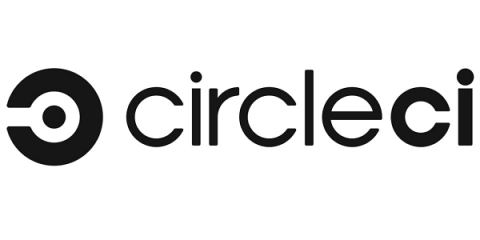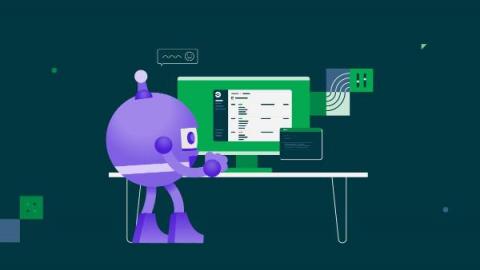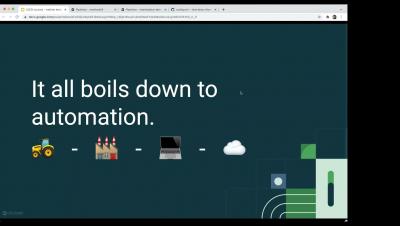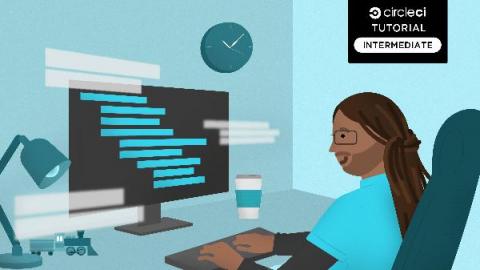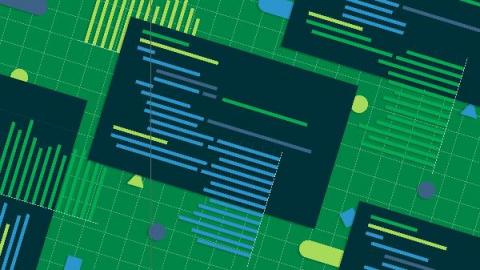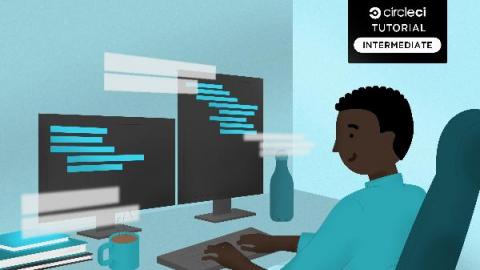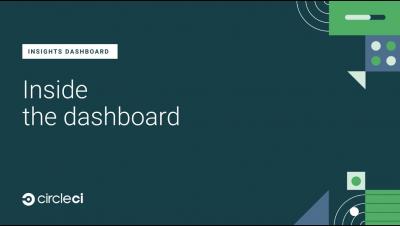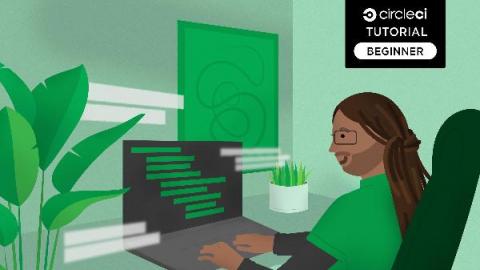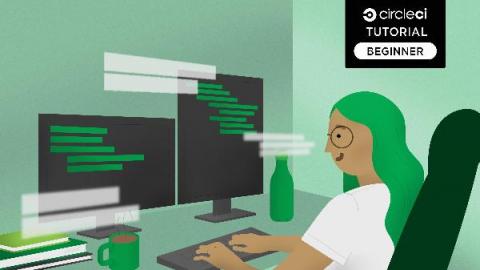Operations | Monitoring | ITSM | DevOps | Cloud
November 2021
Continuous integration for .NET applications
.NET is a popular open source, cross-platform development framework for building fast and scalable full-stack applications for the web, desktop, mobile, and the cloud. This flexibility makes.NET a leading platform for developing enterprise web applications and makes.NET development one of the most in-demand skills on the market.
Managing code signing on CircleCI using the runner
Code signing is an important part of testing and distributing your desktop and mobile applications. It ensures that the end user’s system can verify the legitimacy of your application. Because of the need for security around signed certificates, they are stored locally and not uploaded to the cloud. This constraint could prevent your team from fully automating your CI/CD pipeline.
10 practices that are changing in software today with Alex Williams
Top 10 features of how to get the most out of your CI/CD
Building for Windows using the MSIX orb
The MSIX orb is the first “Windows-only” orb from CircleCI. When Microsoft approached us with the opportunity to build an orb that would help Windows developers build on our platform, we were enthusiastic. Most of our orbs, and general workload, revolve around Linux and utilize Bash. However, we recognized the deep need to provide good CI/CD solutions for building applications on Windows, and with use of PowerShell growing steadily within Linux, it was time to take the plunge.
Automated testing for NestJS GraphQL projects
NestJS is fast becoming the de facto framework for NodeJS projects. Unlike older frameworks, NestJS was built with TypeScript, which has become commonplace in the JavaScript community. Frameworks like NestJS seem to be preferred by teams that adopt TypeScript. NestJS supports building APIs in REST and GraphQL. The goal of this tutorial is to show how you can add unit and integration tests to a NestJS GraphQL project and automate the testing process with CircleCI.
What is AIOps?
AIOps is an approach to managing the exponential growth of IT operations and the complexity of new technology through the application of artificial intelligence (AI). IT infrastructure increasingly relies on complicated deployments, multi-cloud architectures, and huge amounts of data. Traditionally, the tech industry responds to complexity by applying extra brainpower to the problem, bringing in more engineers, developers, and management.
Collapsing your model for the sake of product-market fit ft. Grant Miller
Infrastructure as Code, part 3: automate Kubernetes deployments with CI/CD and Terraform
This series shows you how to get started with infrastructure as code (IaC). The goal is to help developers build a strong understanding of IaC through tutorials and code examples. In this post, I will demonstrate how to create continuous integration and deployment (CI/CD) pipelines that automate the Terraform IaC deployments covered in part 1 and part 2 of this series. Here is a quick list of things we will accomplish in this post.
Infrastructure as Code, part 2: build Docker images and deploy to Kubernetes with Terraform
This series shows you how to get started with infrastructure as code (IaC). The goal is to help developers build a strong understanding of IaC through tutorials and code examples. In this post, I will demonstrate how to how to create a Docker image for an application, then push that image to Docker Hub. I will also discuss how to create and deploy the Docker image to a Google Kubernetes Engine (GKE) cluster using HashiCorp’s Terraform.
Infrastructure as Code, part 1: create a Kubernetes cluster with Terraform
This series shows you how to get started with infrastructure as code (IaC). The goal is to help developers build a strong understanding of IaC through tutorials and code examples. Infrastructure as Code (IaC) is an integral part of modern continuous integration pipelines. It is the process of managing and provisioning cloud and IT resources using machine readable definition files.
Testing an API with Cypress
Is it possible to use just one tool to test everything? Although it may sound like a developer’s daydream, it is almost possible with Cypress, a JavaScript frontend testing framework. Cypress is built specifically for JavaScript frontend developers, and they can use it to start writing tests quickly without needing to add third-party dependencies or packages. This is a benefit missing from other tools like Selenium. In this tutorial, I will guide you through using Cypress to test an API.
CircleCI Insights demo | Inside the dashboard
Display your continuous integration build status on Jira
Automating tests and deployments with infrastructure (CI/CD) more productive. Instead of managing multiple tools and manual processes, all they have to do is commit the code to a code repository. Not everyone on a project visits the CI/CD system, but they may need to know when the build process fails or is successful. This is where a proper handshake between CI/CD systems and project management tools such as Jira shines.
CI/CD and state management for Flutter apps with MobX
MobX is a scalable library developed to ease the process of state management in frontend applications. In this tutorial, you will learn how to manage the state of your Flutter applications using MobX, and then set up a continuous integration/continuous deployment (CI/CD) pipeline for your application using CircleCI. You can find the sample project developed for this tutorial in this GitHub repository.


